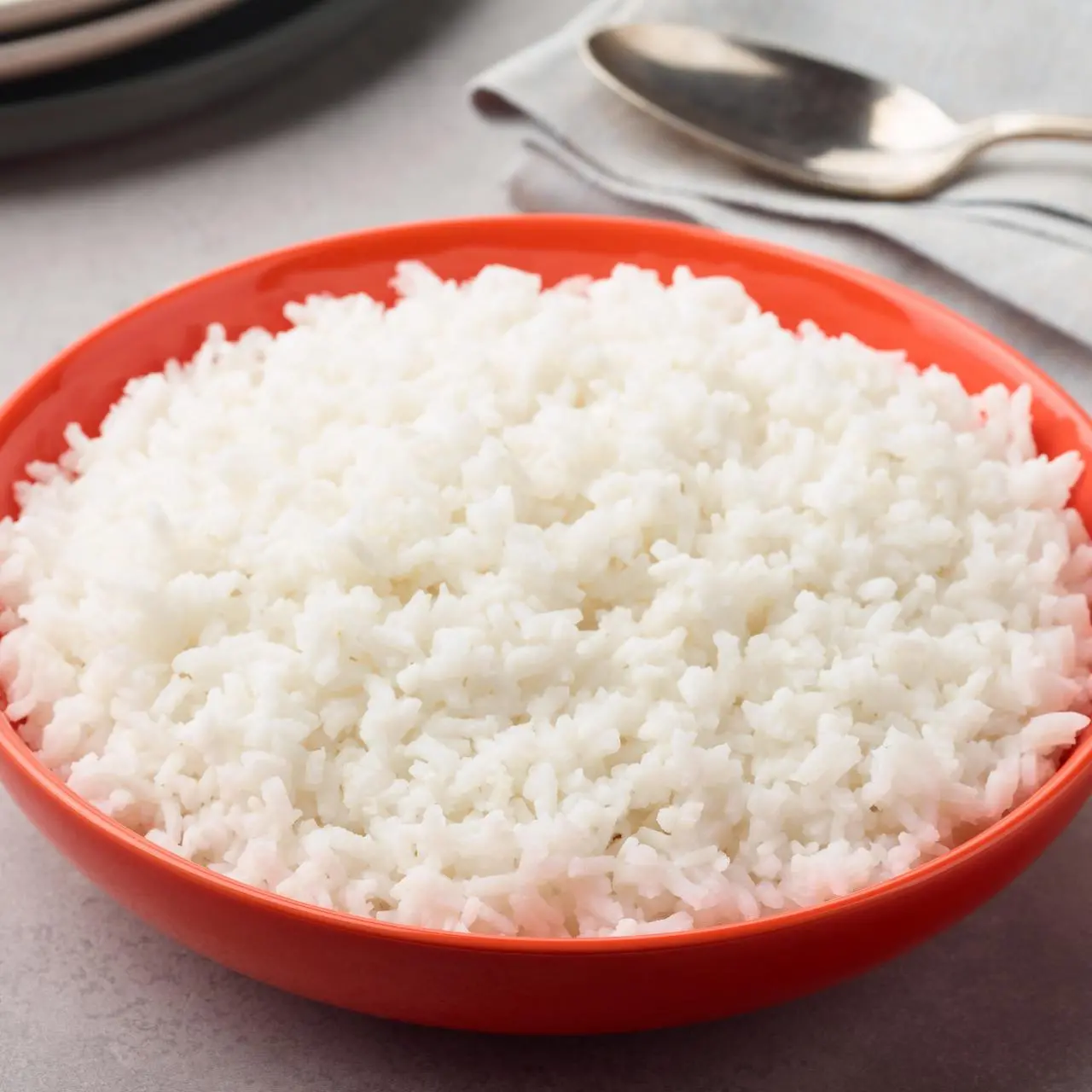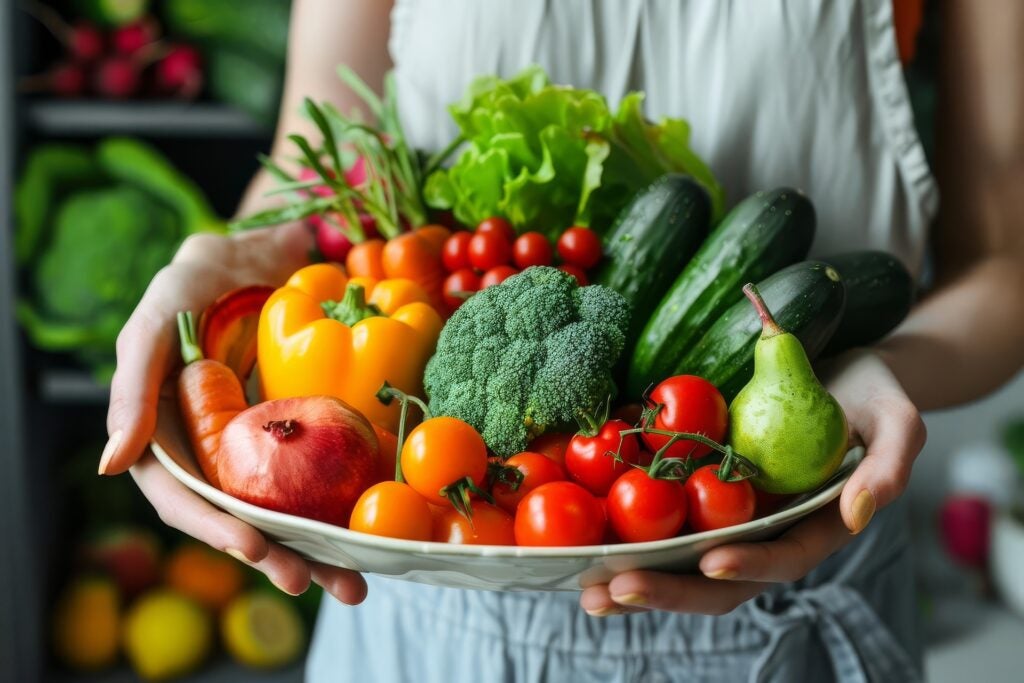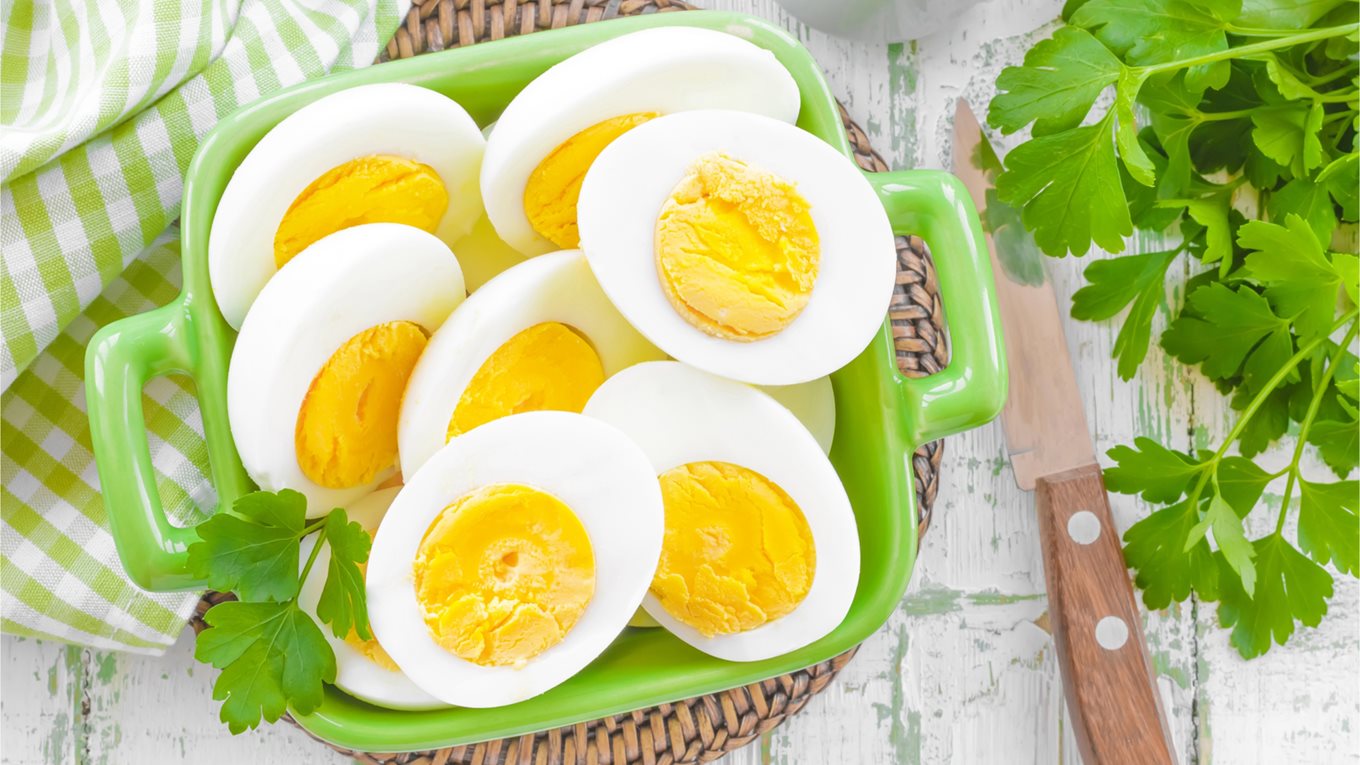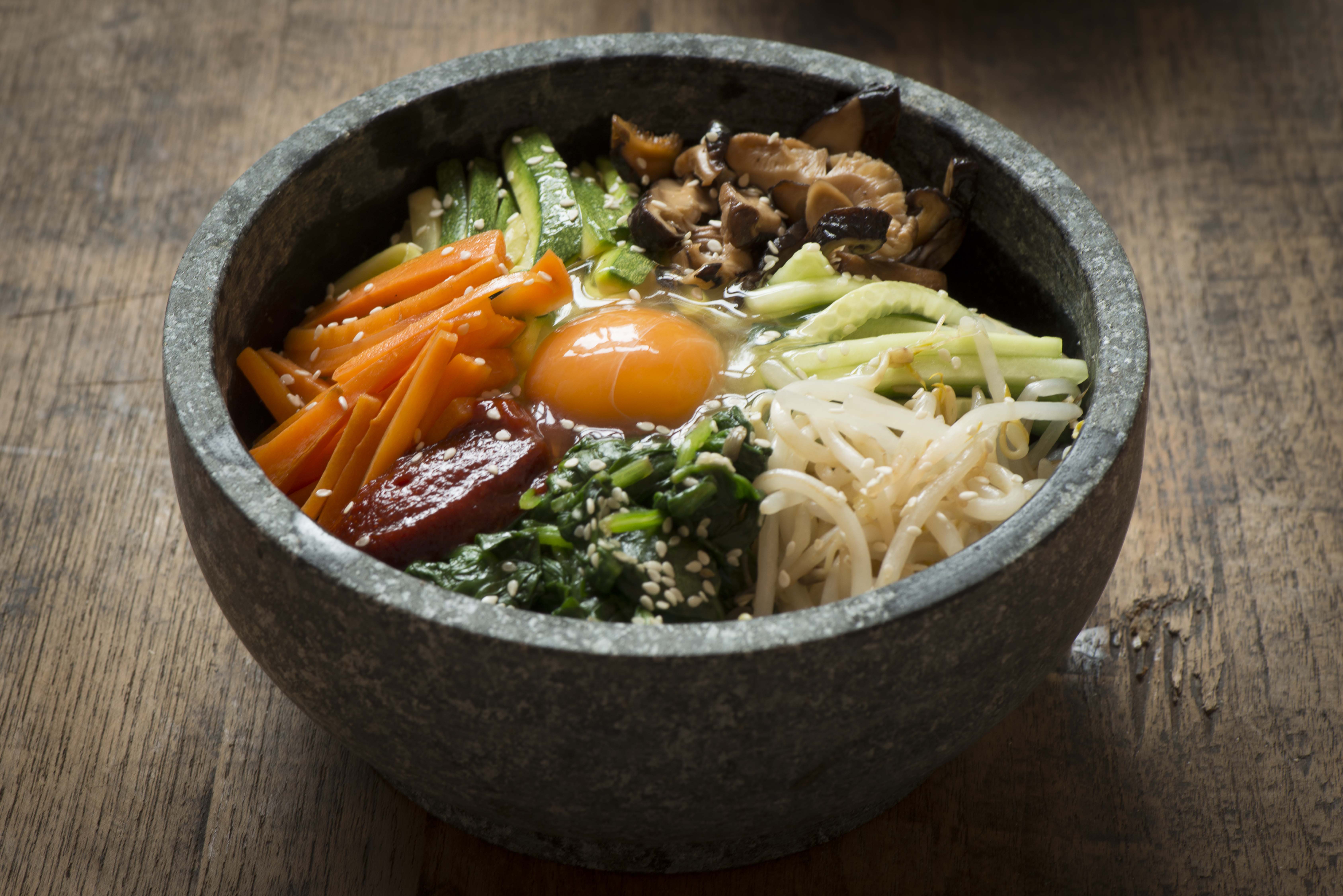What is
Bibimbab?
Bibimbap is a popular Korean dish that consists of a bowl of warm rice topped with an assortment of sautéed and seasoned vegetables, a fried or raw egg, and gochujang (Korean chili paste) or doenjang (soybean paste). It is often served with a side of meat, typically beef, and is mixed thoroughly before eating.
Origins & History
Bibimbap originated from the ancient practice of mixing leftover ingredients into a bowl of rice. It is believed to have evolved during the late Joseon dynasty as a way to combine various flavors and textures into one meal. It is now considered a staple dish in Korean cuisine and is enjoyed both in Korea and internationally.
Taste & Texture
Bibimbap offers a harmonious balance of flavors, with earthy, savory notes from the vegetables and meat, a creamy richness from the egg, and a spicy kick from the gochujang. The dish is both hearty and refreshing, depending on the variety of vegetables used.
Ingredients

Rice
Steamed short-grain or medium-grain rice forms the base of bibimbap, providing a hearty texture.

Vegetables
Commonly included vegetables are spinach, bean sprouts, mushrooms, zucchini, and carrots, sautéed and seasoned for depth of flavor.

Egg
A fried or raw egg is placed on top of the dish, adding richness and creaminess.
:max_bytes(150000):strip_icc()/AR-191156-restaurant-style-beef-and-broccoli-ddmfs-4x3-hero-d536afcff3174743b884b906c9a89287.jpg)
Beef
Thinly sliced marinated beef (usually bulgogi) is often included for protein and flavor.
Gochujang
Korean chili paste that adds spice, depth, and umami to the dish; it can be adjusted according to spice preference.
Sesame Oil
Used for seasoning, it adds a nutty flavor that enhances the overall taste of the dish.

Sesame Seeds
Sprinkled on top for garnish, providing a nutty crunch.
This item may contain the following allergens:
Eggs
Soy

Images may not reflect the actual item.










